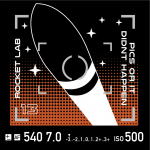
Rocket Lab has announced their next Electron mission, which is scheduled to launch three weeks after their most recent mission in a demo of the company’s rapid launch capability.
The mission, ‘Pics Or It Didn’t Happen,’ is scheduled to launch from Rocket Lab Launch Complex 1 Pad A on New Zealand’s Mahia Peninsula no earlier than July 3, 2020, UTC — just days after the successful launch of Rocket Lab’s most recent mission, ‘Don’t Stop Me Now,’ on June 13, 2020, UTC. The back-to-back missions will represent Rocket Lab’s fastest turnaround between missions to date.
‘Pics Or It Didn’t Happen’ will deploy seven smallsats to a 500 km circular LEO for a range of customers that include Spaceflight Inc.’s customer Canon Electronics as well as Planet and In-Space Missions.
The primary payload aboard this mission, Canon Electronics Inc.’s CE-SAT-IB, was procured by satellite rideshare and mission management provider Spaceflight Inc. The mission objective for the CE-SAT-IB satellite is to demonstrate Canon Electronics Inc.’s Earth-imaging technology with high-resolution and wide-angle cameras, as well as test the smallsat for mass production.
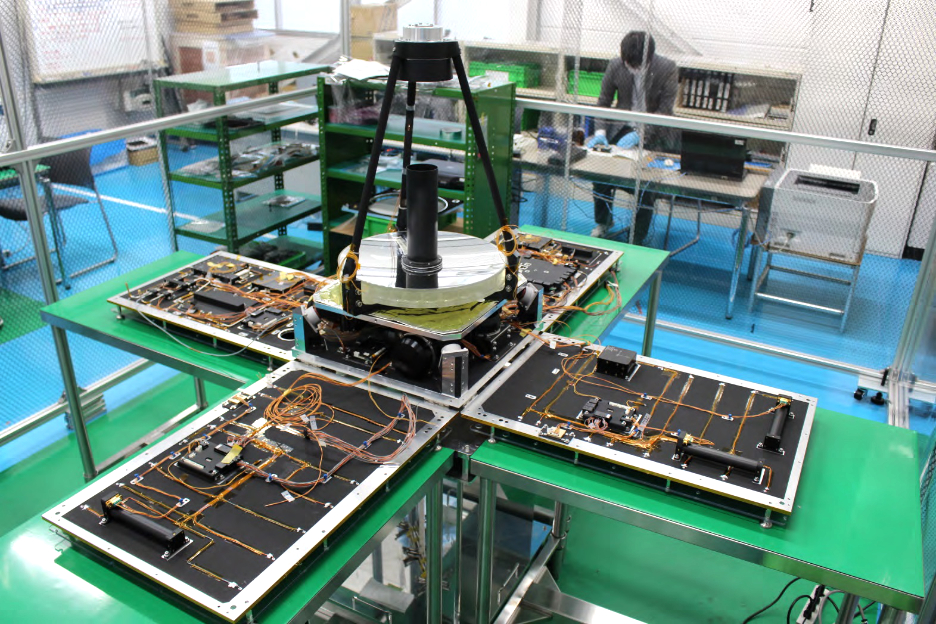
Photo of Canon Electronics Inc.’s CE-SAT-IB satellite
is courtesy of the company.
The next five spacecrafts manifested for this mission are the latest generation of SuperDove satellites manufactured by Planet, operator of the world’s largest constellation of EO satellites. Planet’s satellites are capable of imaging the Earth’s entire landmass on a near-daily basis. This unprecedented dataset helps researchers, students, businesses and governments discover patterns, detect early signals of change, and make timely, informed decisions. These five SuperDoves, Flock 4v, are equipped with new sensors to enable higher image quality with sharper, more vibrant colors and accurate surface reflectance values for advanced algorithms and time-series analysis.
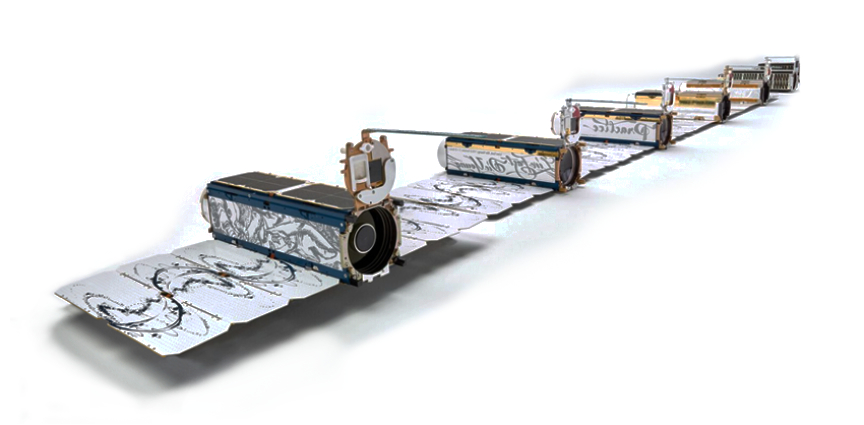
Planet’s Dove smallsats.
The final spacecraft aboard Electron for this mission has been supplied by British small mission prime, In-Space Missions. The Faraday-1 6U cubesat is a hosted payload mission providing a low-cost route to orbit for start-ups, institutions and large corporate R&D groups. In addition, the satellite provides a first flight demonstration of In-Space’s own software-defined payload that will enable uploadable payload capabilities on future missions. Faraday-1 is the first flight of the Faraday service with four future satellites already under contract.
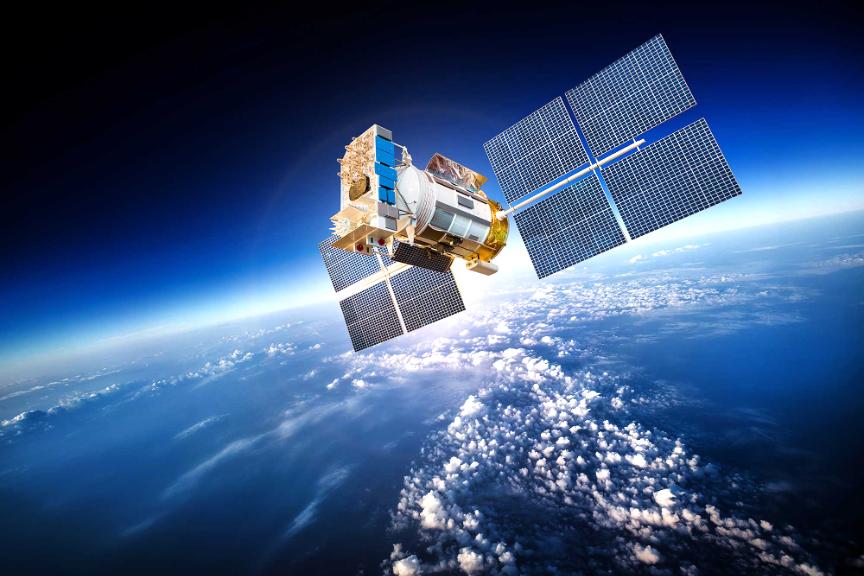
With a new Electron launch vehicle built every 18 days, Rocket Lab remains on target to deliver monthly launches for the remainder of 2020 and into 2021, including the company’s first launch from Launch Complex 2 for the U.S. Space Force in Q3 and a mission to the Moon for NASA aboard Electron and Rocket Lab’s spacecraft bus platform Photon in 2021.
Peter Beck, Rocket Lab founder and CEO, said that launching the next mission so quickly after the last one demonstrates Rocket Lab’s unique capability to provide dedicated and responsive space access to small satellite customers. He noted that Rocket Lab has eliminated the smallsat waiting room for orbit and that the company has focused heavily on shoring up rapid launch capability in recent years and the firm is proud to be putting that into practice for the smallsat community with launches just days apart. Rocket Lab is excited to continue expanding the firm’s responsive space capability with this third launch pad coming online before the end of the year, as well as the continued growth of the company’s Photon satellite program that enables smallsat operators to do more, spend less and get to orbit faster.
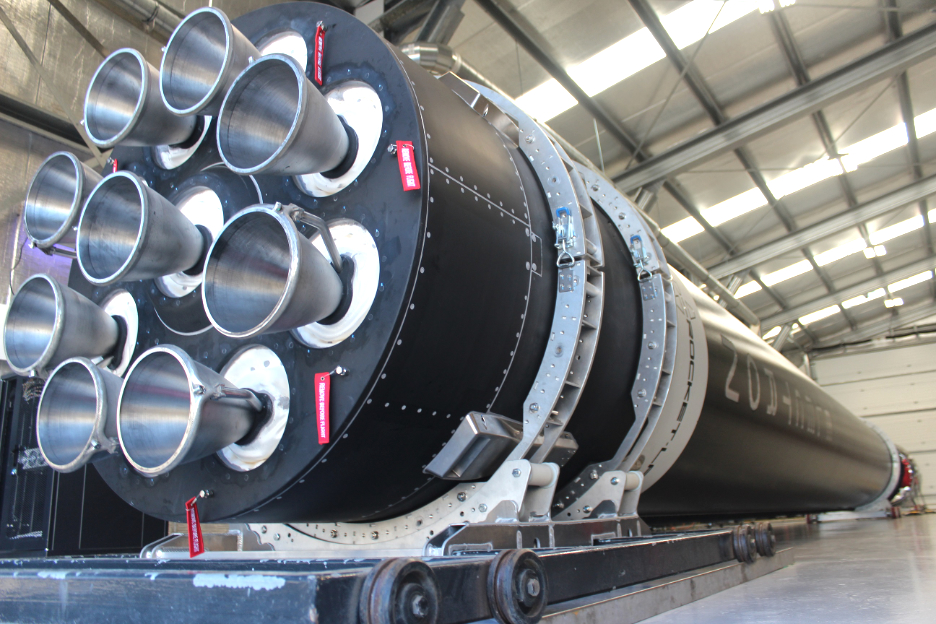
Rocket Lab Electron Vehicle #13.
Photo is courtesy of the company.

